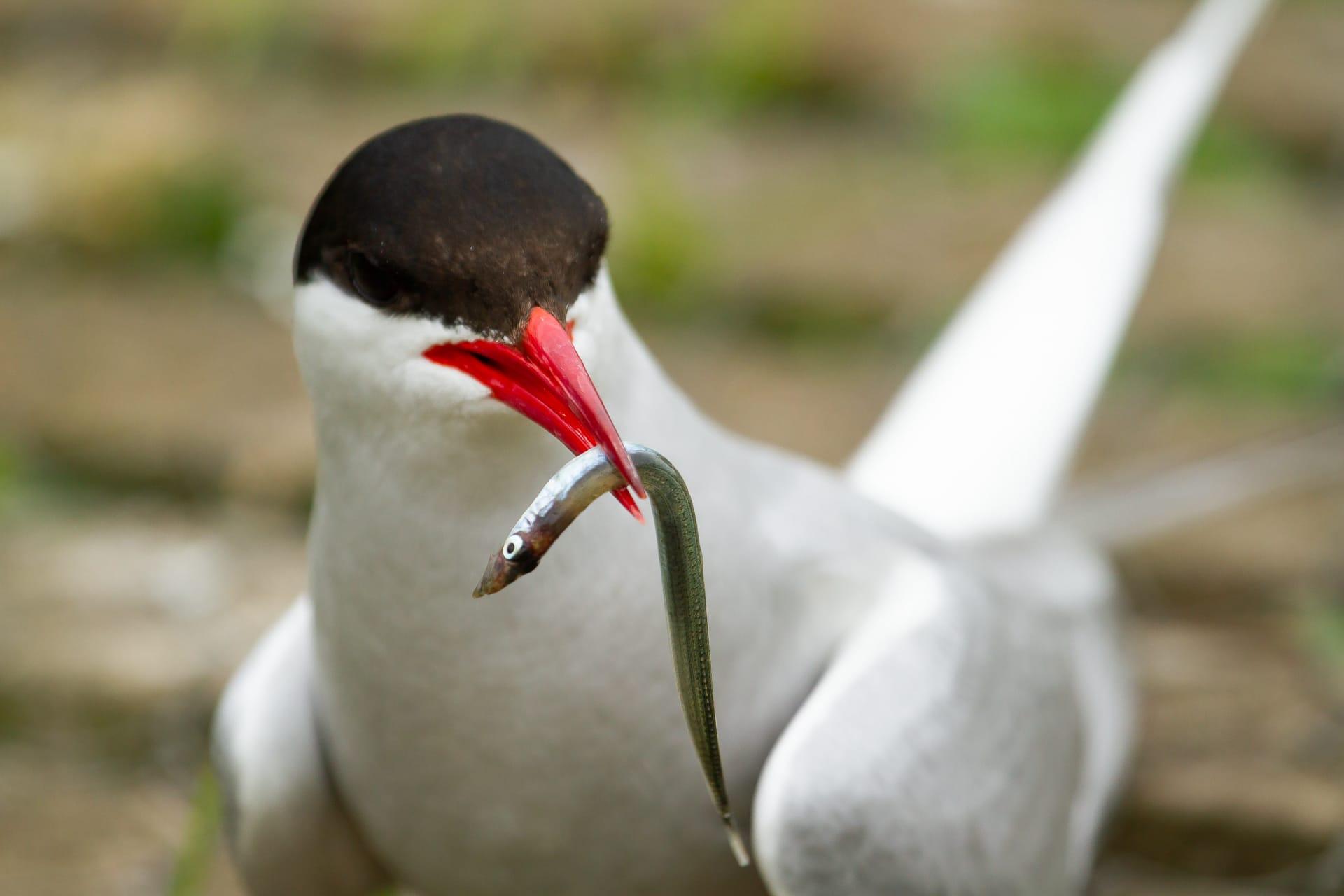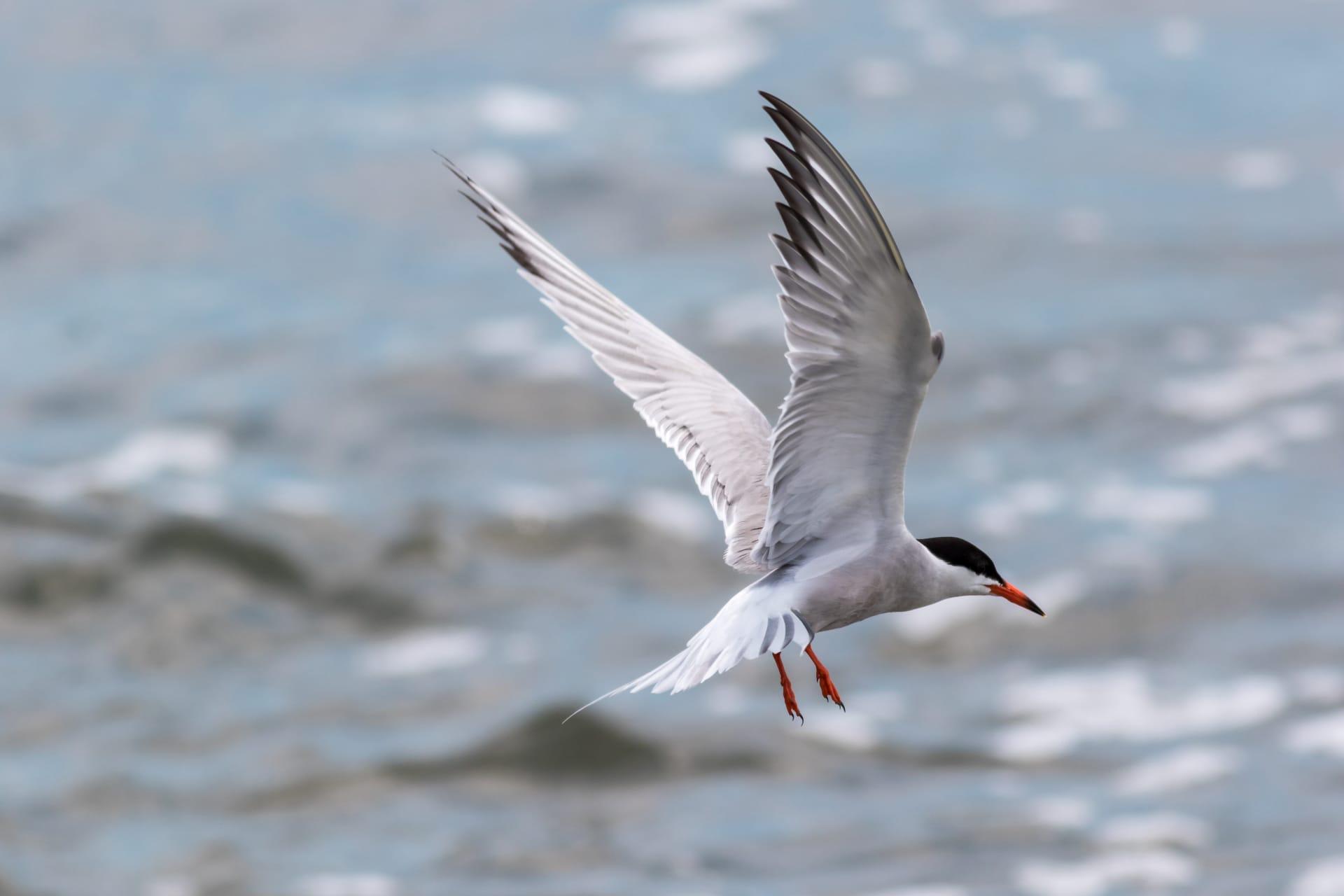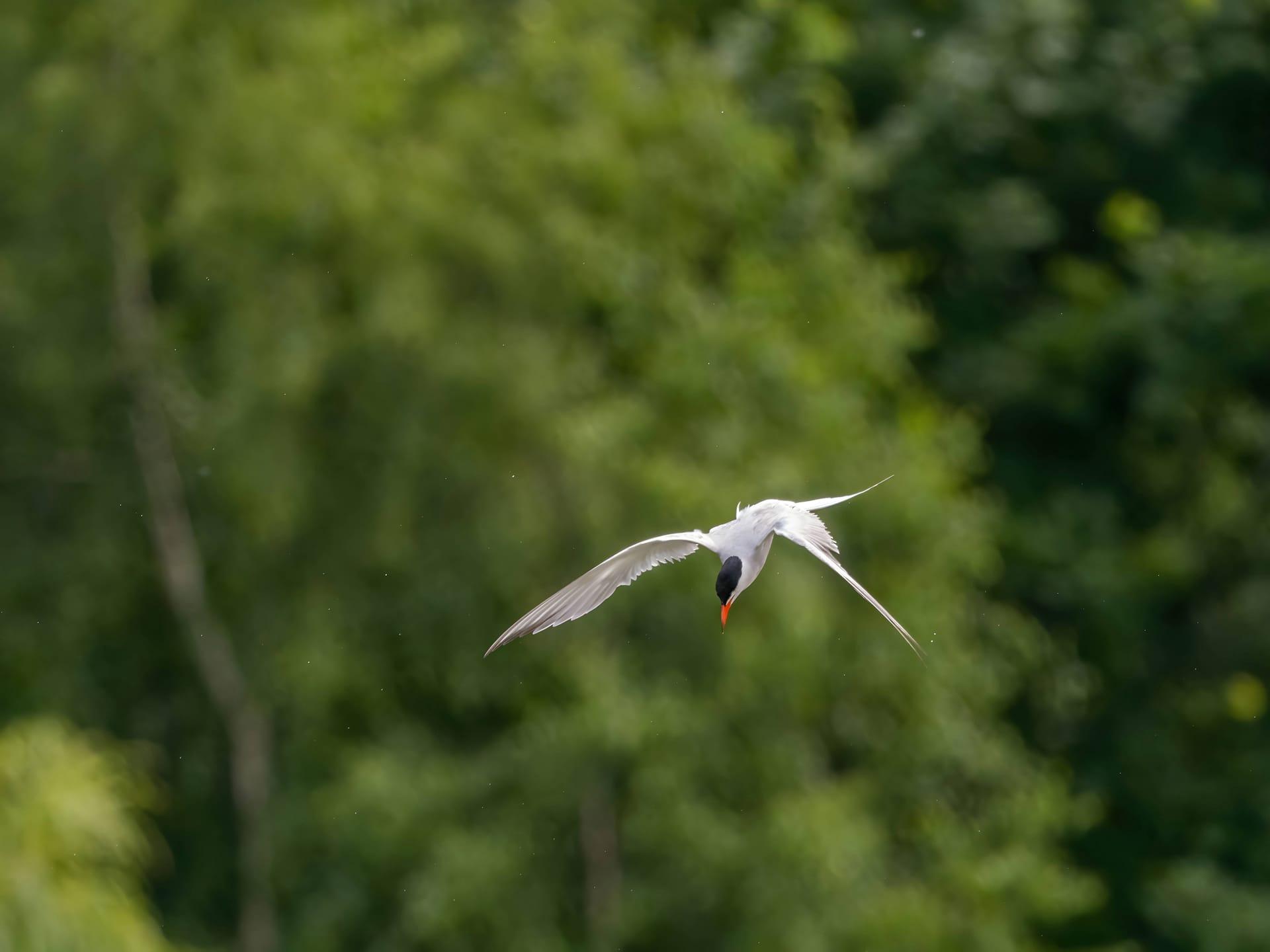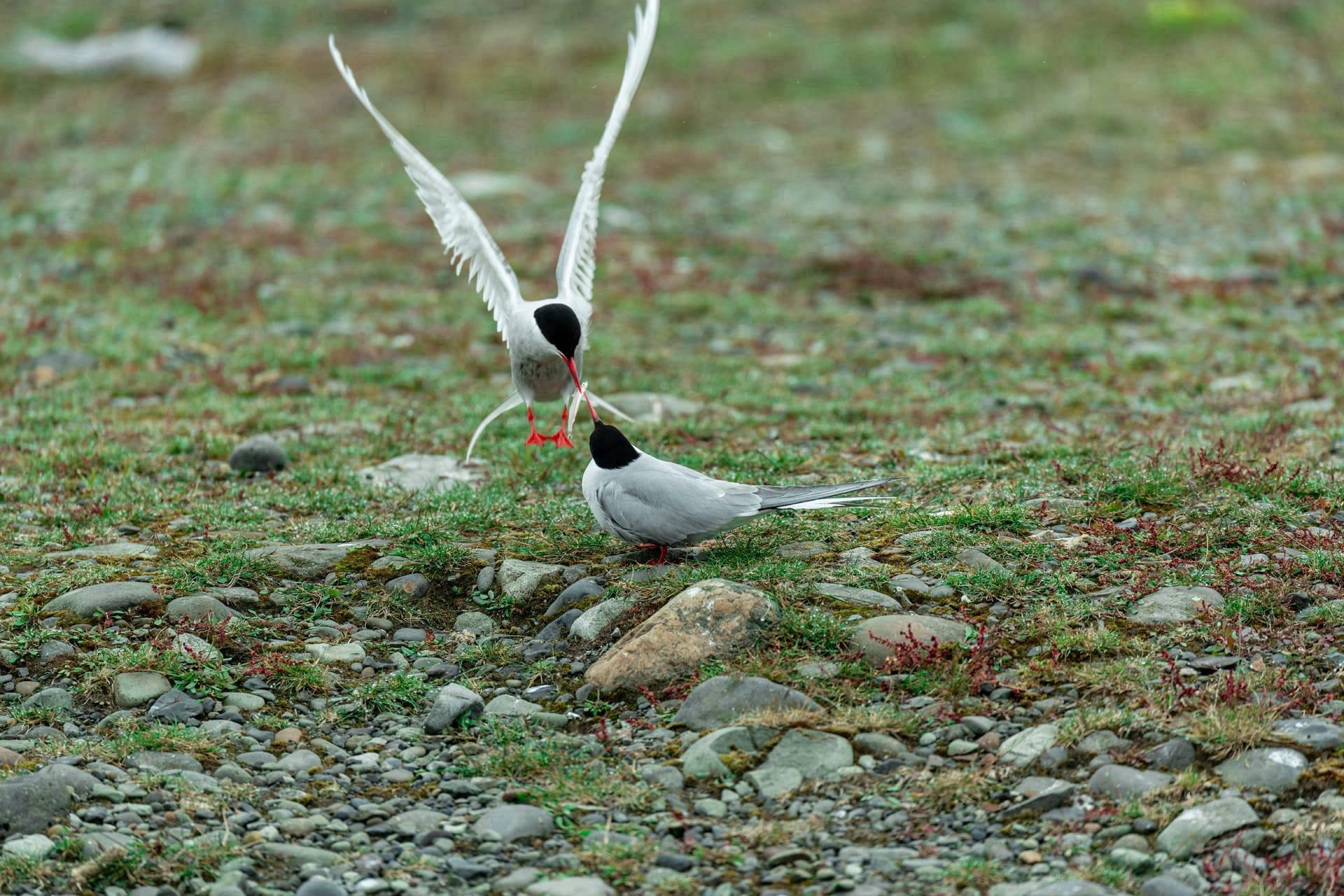1
Arctic Terns are renowned for their extraordinary migratory journey, which is the longest of any bird. These remarkable creatures cover an astonishing distance of about 44,000 miles (70,811 kilometers) annually. This feat is like flying around the Earth's circumference almost twice! The secret to their impressive mileage lies in their migratory pattern. Instead of a direct route, they follow a convoluted path from their breeding grounds in the Arctic to their wintering grounds in the Antarctic, maximizing the use of wind patterns and food availability. This not only demonstrates their incredible stamina but also their adeptness in navigation.
Another fascinating aspect of the Arctic Tern is its lifespan, which, considering its extensive migratory habits, is surprisingly long. These birds can live up to 30 years, a remarkable age for a bird of its size. Throughout their lives, they spend most of their time in the air, even sleeping while gliding over the ocean. This means an Arctic Tern can fly approximately 1.5 million miles (2.4 million kilometers) in its lifetime, equivalent to three trips to the Moon and back. Their longevity, combined with their extensive travel, makes them one of the most well-traveled creatures on the planet.

2
Arctic Terns have a unique adaptation that aids their long-distance flights: they have light, streamlined bodies and long, narrow wings, which reduce air resistance and energy expenditure. Their wingspan can reach up to 31 inches (79 centimeters), which is impressive for their body size, allowing for more efficient gliding. This aerodynamic design is critical for their migratory endurance and agility in the air.
During their migration, Arctic Terns witness more daylight than any other creature on Earth. As they travel from the Arctic summer to the Antarctic summer, they are exposed to continuous sunlight, effectively experiencing two summers a year. This exposure to constant daylight allows them to see more daylight annually than any other animal, providing them ample time to hunt and feed, which is vital for sustaining their long journey. This unique life cycle is not only a testament to their resilience but also a fascinating aspect of their biology.

3
The diet of the Arctic Tern is mainly composed of fish and small marine invertebrates, which they catch by diving into the water. Their diet varies depending on their location and the season. In the Arctic, during the breeding season, they primarily feed on small fish like herring and sandeel. When in the Antarctic, they switch to krill and small squid. This dietary flexibility is crucial for their survival during their extensive migrations, as it allows them to exploit different food sources available in various parts of the world.
Arctic Terns have a unique breeding behavior. They are monogamous birds, often forming lifelong pair bonds. Their breeding grounds are in the Arctic, where they return every year to the same site. Nesting usually occurs in colonies on rocky, sandy shores, or islands. Their nests are simple scrapes in the ground, lined with bits of vegetation or small stones. The female typically lays one to three eggs, and both parents share the responsibility of incubation and feeding the chicks. This strong pair bonding and cooperative parenting are key to the successful rearing of their young in the harsh Arctic environment.

4
Arctic Terns have an exceptional ability to navigate. They are equipped with an internal compass that helps them navigate across the globe. Researchers believe that they use the Earth's magnetic field, along with visual landmarks, the position of the sun, and the stars to find their way. This innate navigational skill is crucial for their long migratory journeys, ensuring they can return to their breeding and wintering grounds year after year.
Interestingly, Arctic Tern chicks are precocial, meaning they are relatively mature and mobile shortly after hatching. This is vital for their survival in the challenging conditions of the Arctic. Within days of hatching, they are able to leave the nest and hide in nearby vegetation to avoid predators. Although they are mobile early on, the chicks are still dependent on their parents for food and protection for several weeks until they are ready to fledge and eventually embark on their own migratory journey.

5
Arctic Terns play a significant role in the ecosystem as indicators of ocean health. Their presence and population trends can provide valuable information about the condition of marine environments. Changes in their migration patterns, breeding success, or population numbers can signal alterations in oceanic conditions, such as shifts in fish populations or the impacts of climate change. Thus, monitoring Arctic Tern populations helps scientists understand broader environmental changes.
Finally, Arctic Terns exhibit a remarkable behavior called 'mobbing.' When a predator threatens their nesting area, these usually peaceful birds become fiercely protective. They band together and dive-bomb the intruder, be it a larger bird or even a human. This aggressive defense tactic is effective in deterring potential threats and showcases their strong instinct to protect their offspring and ensure the survival of their species. Their boldness in the face of danger highlights their resilience and adaptability in the wild.